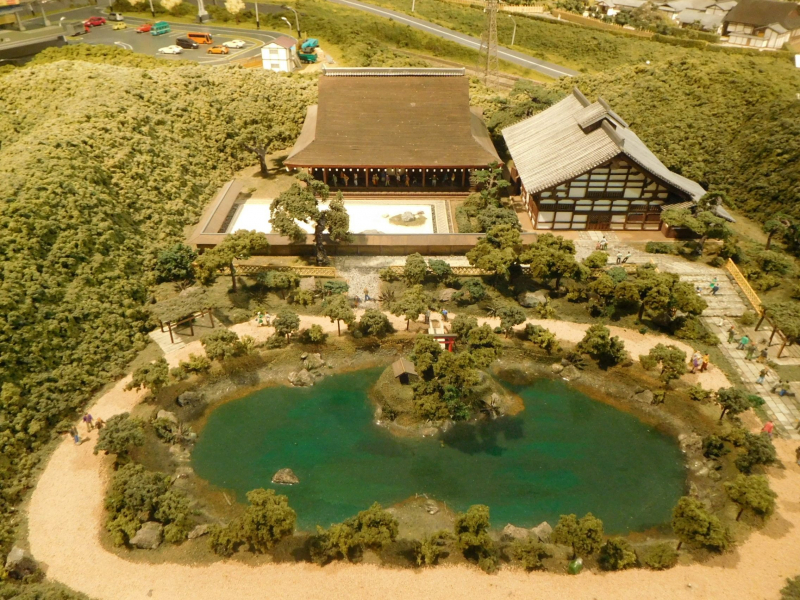Ryoan-ji Temple
Ranked last in the top 10 most beautiful Buddhist temples in Japan is Ryoan-ji Temple. It is a Zen Buddhist temple in Kyoto, Japan, having a history dating back over 500 years. Its formation and development are based on Zen Buddhism and are characterized by the rock garden at the temple, historical events, and cultural influences.
Ryoan-ji was initially established in the late 15th century, during the Muromachi period. The temple was initially the location of the Tokudaiji School of the Rinzai sect of Zen Buddhism, and it was constructed on the site of a retired emperor's villa. However, the temple later shifted its ties to the Myoshin-ji branch of the Rinzai sect. This change marked a significant development in the temple's history and its connection to the Zen Buddhist tradition.
One of Ryoan-ji's most famous features is its rock garden. The origins and purpose of this minimalist garden are still a subject of debate among scholars. A clay wall surrounds the garden, which features fifteen well-placed rocks on a bed of raked white gravel. It is designed to encourage meditation and contemplation, reflecting the Zen philosophy of simplicity and harmony with nature.
Throughout its history, Ryoan-ji Temple has undergone several renovations and expansions. After a fire devastated many of the temple buildings in the 18th century, they were rebuilt in the period's traditional design style. These renovations have contributed to the temple's aesthetic and structural evolution while maintaining its essential Zen character.
Ryoan-ji Temple has also played a significant role in the cultural and historical landscape of Japan. Travelers and academics interested in Zen Buddhism and traditional Japanese architecture frequently visit this site, which is recognized as a UNESCO World Heritage Site.
Address: 13 Ryoanji Goryonoshitacho, Ukyo Ward, Kyoto, 616-8001, Japan
Opening time: 08:00–17:00
Website: http://www.ryoanji.jp/











